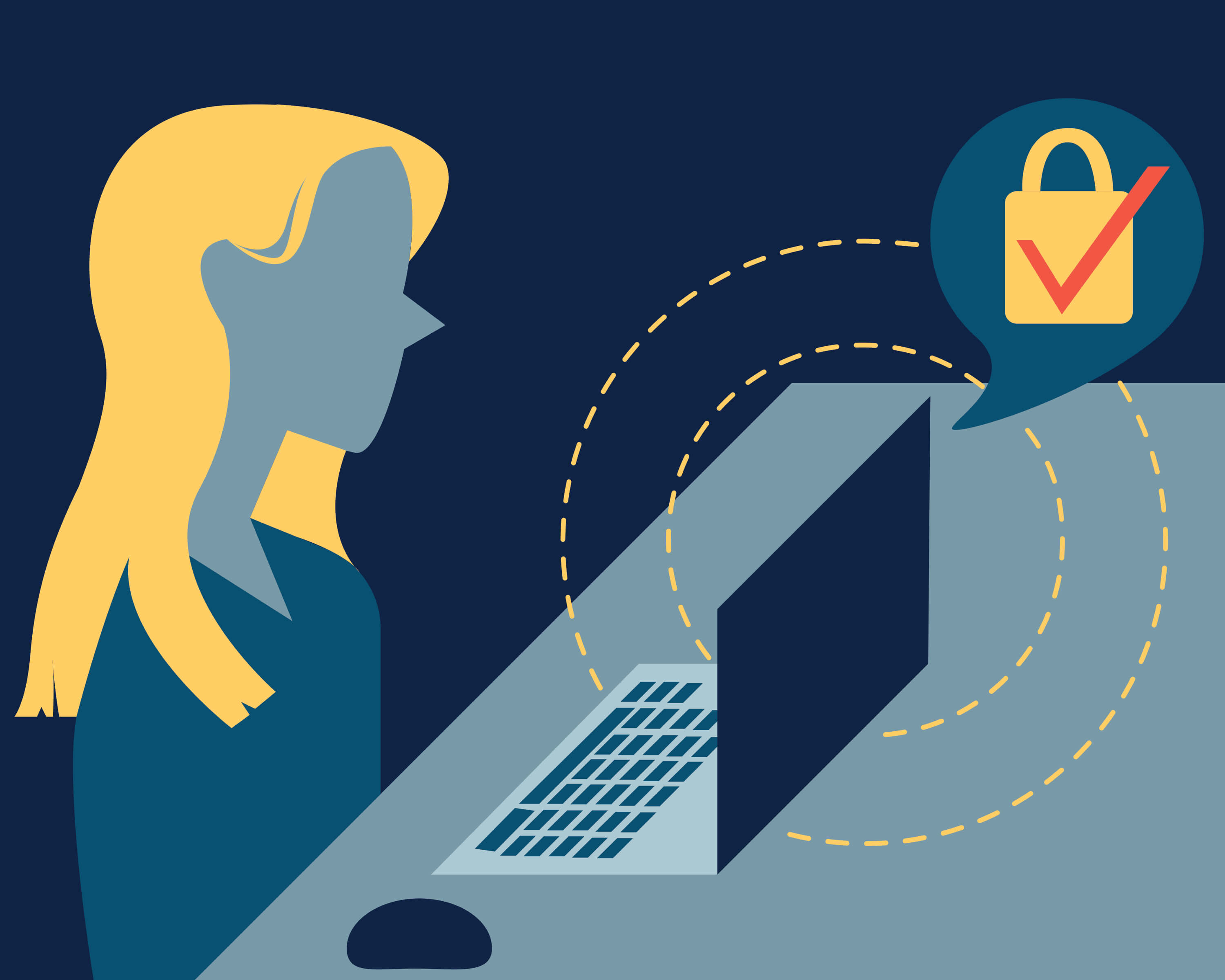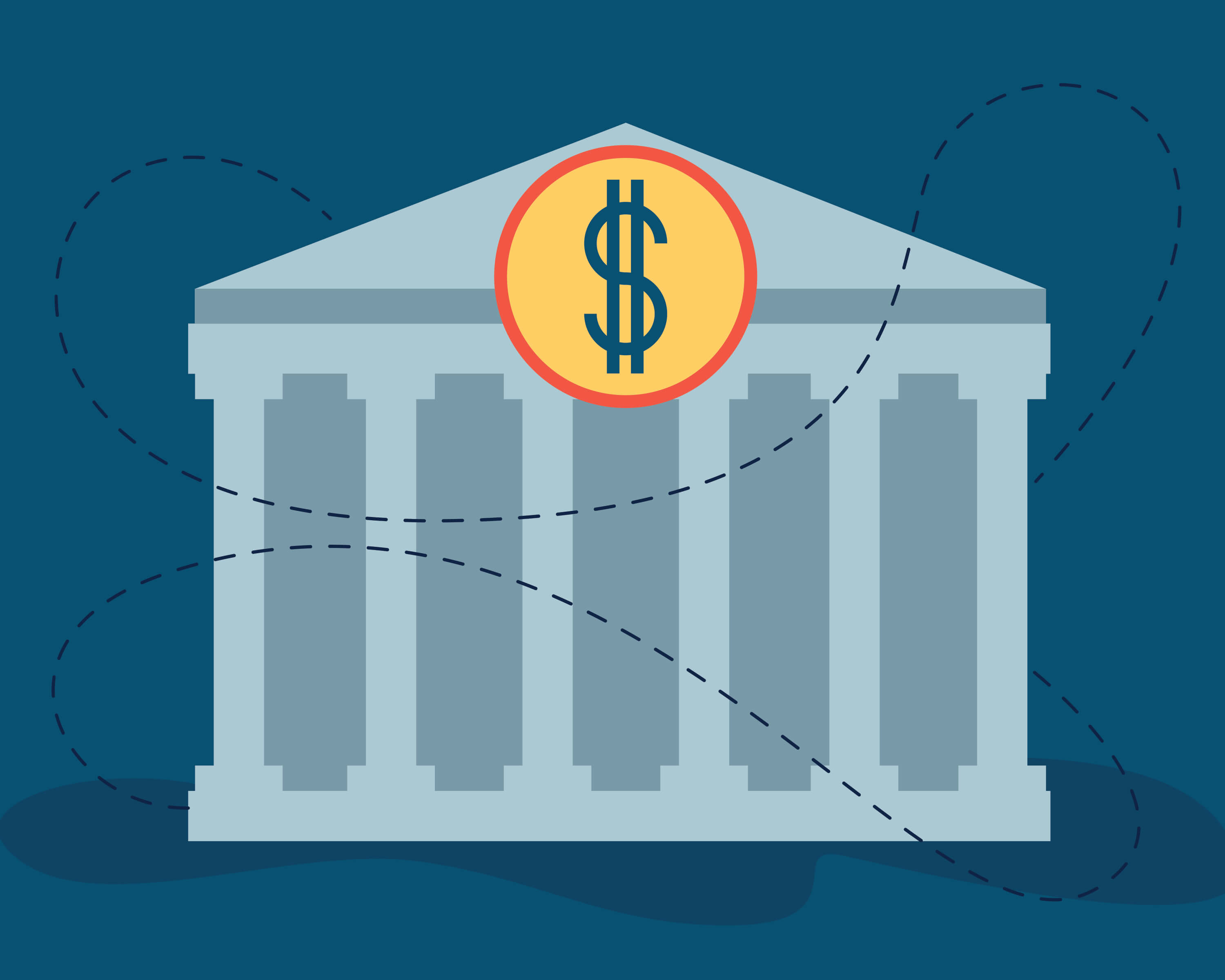
Beyond Security Measures: Banking Fraud Prevention
As artificial intelligence and technology become more advanced, so do thieves and scammers. In 2022 alone, the Federal Trade Commission reported $8.8 billion in losses from scam activity, a 30% increase from the previous year. And with billions of dollars in assets on the line, banks and credit unions have a duty to protect their customers.
Consumers look to their bank to help them understand if something might be a scam or fraud, yet most banks aren’t educating their customers on the latest rackets. To fight fraud in the digital age, banks need to communicate risks and schemes to their customers ahead of time, helping identify fraudsters before they scam a customer out of money. We’re here to help you become an advocate for your customers and protect their assets with these tips.

Understanding banking fraud
In order to prevent banking fraud, your customers need to understand the common scams employed by fraudsters and the risks associated with them. From phishing scams to card fraud, there are many different types of banking fraud. Being aware of them helps you and your customers spot red flags.
- Phishing scams: Scammers impersonate legitimate entities like banks via email, text, or phone calls, tricking victims into clicking malicious links or revealing compromising personal information. Phishing often functions as a gateway for other forms of banking fraud, posing a significant threat to corporate data security down the line.
- Account takeover scams: Scammers gain control of someone’s online account, using stolen login information to access the account, change the password, and lock out the real owner. Oftentimes, the scammer will transfer money or open new accounts in the victim’s name. Account takeover scams are extremely costly for banks, damaging their reputation and resulting in financial losses for customers.
- Check fraud: Fraudsters use paper or digital checks to steal money by writing fraudulent checks, forging signatures, or drafting fake checks. There has also been a recent rise in mail theft and check washing as criminals steal signed checks from postal boxes, chemically erase the dollar amount, and alter the checks to make them payable to a new recipient for a much larger sum.
- Card fraud: From credit and debit cards to gift and prepaid cards, card fraud is far and away the most common form of bank fraud. Scammers typically steal physical cards, copying card details or card skimming.
- Investment fraud: Often used interchangeably with securities fraud, this type of scam involves deceiving investors or manipulating financial markets. From Ponzi and pyramid schemes to late-day or insider trading, this type of fraud often involves false or misleading information.
- Wire transfer fraud: Fraudsters pose as trusted sources like vendors, companies, or loved ones, urging victims to make immediate wire transfers to help them out of a fabricated emergency. It is difficult to recover the lost funds with this type of fraud because wire transfers are hard to trace and often involve moving funds out of the country.

Prioritizing preventative education
It's harder for financial institutions and their customers to recover from the fallout of scams than it is to prevent them from happening in the first place. That’s why promoting a risk prevention mindset is absolutely vital. And it all starts with educating your customers so they don’t fall victim to common scams and schemes. Encourage customers to proactively protect themselves by following these tips:
- Be cautious about suspicious communications.
Fraudsters often use phishing scams to trick people into revealing their personal and financial information. They may send emails, text messages, or phone calls that appear to be from a bank or another legitimate organization. Advise customers to never click on links or open attachments in unsolicited emails or text messages. - Protect your personal information.
Customers should never share personal and financial information with anyone they don’t know and trust. And even if they think they know the person, keep in mind that it could be a scammer posing as a loved one online. Encourage customers to be cautious about the information they post online and on social media, and to never reveal anything potentially compromising, such as their home address, on the internet. - Use strong passwords and multi-factor authentication.
One easy way to forestall bank fraud is to require strong passwords and multi-factor authentication. Strong passwords are unique and difficult to guess, consisting of at least 12 characters and a mix of upper and lowercase letters, numbers, and symbols. Additionally, customers should change their passwords frequently, and utilize difficult passwords for different accounts to cut down on fraud.
Multi-factor authentication is an extra layer of security, requiring customers to enter a code from their phone or another device when logging into online accounts. This means that even if a password is compromised, customers have another line of defense in place. - Keep your software up to date.
Fraudsters know how to exploit out-of-date software, preying on known vulnerabilities and security issues. Software updates can help prevent information theft and malware downloads with security patches. By encouraging customers to update their devices regularly, you can prevent scammers from exploiting these security flaws. - Monitor your accounts regularly.
Encourage customers to keep a close eye on their accounts so they can catch fraud early and mitigate financial damage. They should review their bank statements, credit card bills, and other financial statements frequently for unauthorized transactions. Customers can also set up fraud alerts to notify them of suspicious activity. - Report suspicious activity immediately.
Encourage customers to be proactive about reporting so your team can do damage control if needed. Also prompt them to report the fraud to the Federal Trade Commission (FTC) and the three major credit bureaus. - Use a variety of educational channels.
Provide information about banking fraud on your website, in your mobile app, in your branches, and on social media to ensure your preventive educational materials are reaching as many people as possible. You can also create educational videos, blog posts, and infographics to make the information more accessible and click-worthy. - Tailor your educational materials to your target audience.
Consider the different types of customers you serve and their level of financial literacy. You may need to create different educational materials for seniors, students, and small businesses. - Keep your educational materials up to date.
Fraudsters are constantly developing new scams. Make sure your educational materials are up-to-date with the latest threats, keeping your customers secure and knowledgeable.

Protect your bottom line with proactive strategies
While you can’t eliminate all the risks of banking fraud, you can empower your team and your customers with proactive prevention strategies. That means prioritizing education.
At Zehnder, we understand the importance of educating both financial institutions and their valued customers about the evolving landscape of banking fraud. It's not just about protecting assets – it's about empowering individuals and businesses to make informed decisions that fortify their financial security.
Reach out to the pros at Zehnder to create a comprehensive prevention plan and protect your business.






